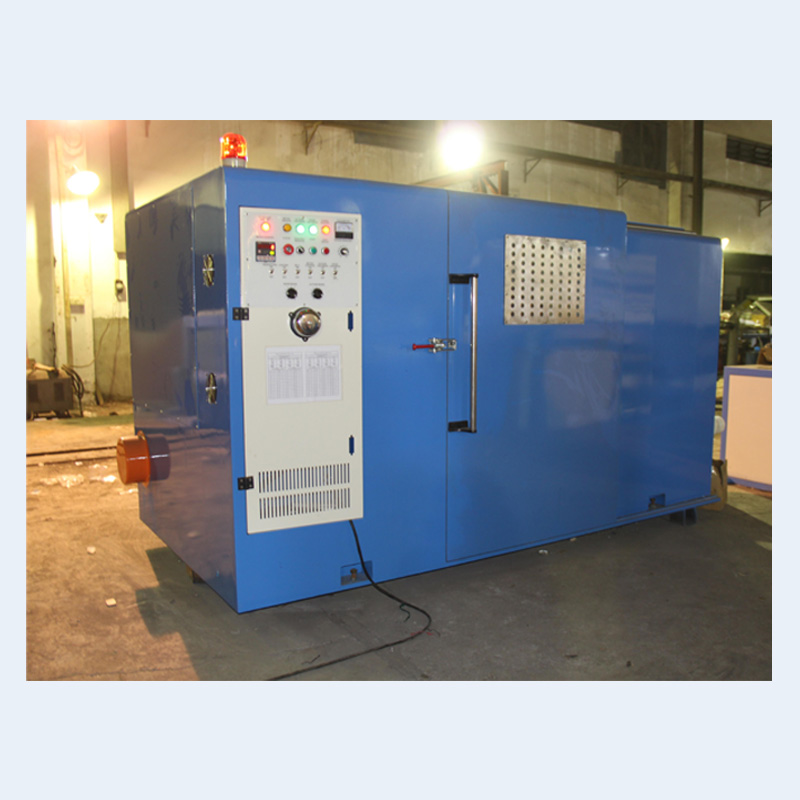Understanding the Importance of Cable Laying Equipment

Cable laying equipment plays a crucial role in ensuring efficient and reliable installations. Without the right tools and systems, cable laying becomes a time-consuming and labor-intensive process. This guide aims to provide a detailed understanding of different types of cable laying equipment, their applications, and factors to consider when selecting the most suitable equipment for any project.
The Different Types of Cable Laying Equipment
1. Cable Rollers and Guides:
Cable rollers and guides are essential for safely and smoothly guiding cables during installation. Choose cable rollers that are suitable for the specific terrain and cable diameter. The rollers should be durable, corrosion-resistant, and easy to clean. Inspect the cable guides to ensure they have smooth surfaces to prevent any damage to the cable.
2. Cable Drum Stands:
Cable drum stands provide support and stability while unwinding cables from drums. Look for stands that offer adjustable height and width to accommodate different drum sizes and weights. Additionally, consider stands with built-in braking mechanisms to control cable unwinding and prevent tangles or spooling.
3. Cable Pulling Equipment:
Cable pulling equipment consists of pulling ropes, winches, capstans, and cable drum trailers. These tools help in pulling cables through ducts, trenches, or conduit systems. It is important to choose pulling equipment that matches the cable's weight and length to ensure a smooth and safe installation process.
Factors to Consider When Selecting Cable Laying Equipment
1. Cable Type and Diameter:
Consider the type and diameter of the cable to select appropriate equipment. Different cables require specific tools for proper handling. Ensure the equipment is compatible with the cable's characteristics to prevent any damage during installation.
2. Project Scale and Requirements:
Assess the scale of the project and the specific requirements. Consider the length of the cable, terrain conditions, obstacles, and any other factors that may impact the cable laying process. Select equipment that can efficiently handle the project's demands and ensure timely completion.
3. Safety and Ergonomics:
Prioritize safety while selecting cable laying equipment. Look for features like anti-slip handles, safety locks, and ergonomic designs that minimize strain on the operators. Ensure the equipment meets relevant safety standards to prevent accidents and injuries during installation.
Conclusion
Selecting the right cable laying equipment is critical for convenient and quick installations. Consider the cable type, project requirements, and safety aspects when making equipment choices. By investing in high-quality and suitable equipment, cable laying becomes a streamlined process, saving time, and ensuring the durability of the installation.

